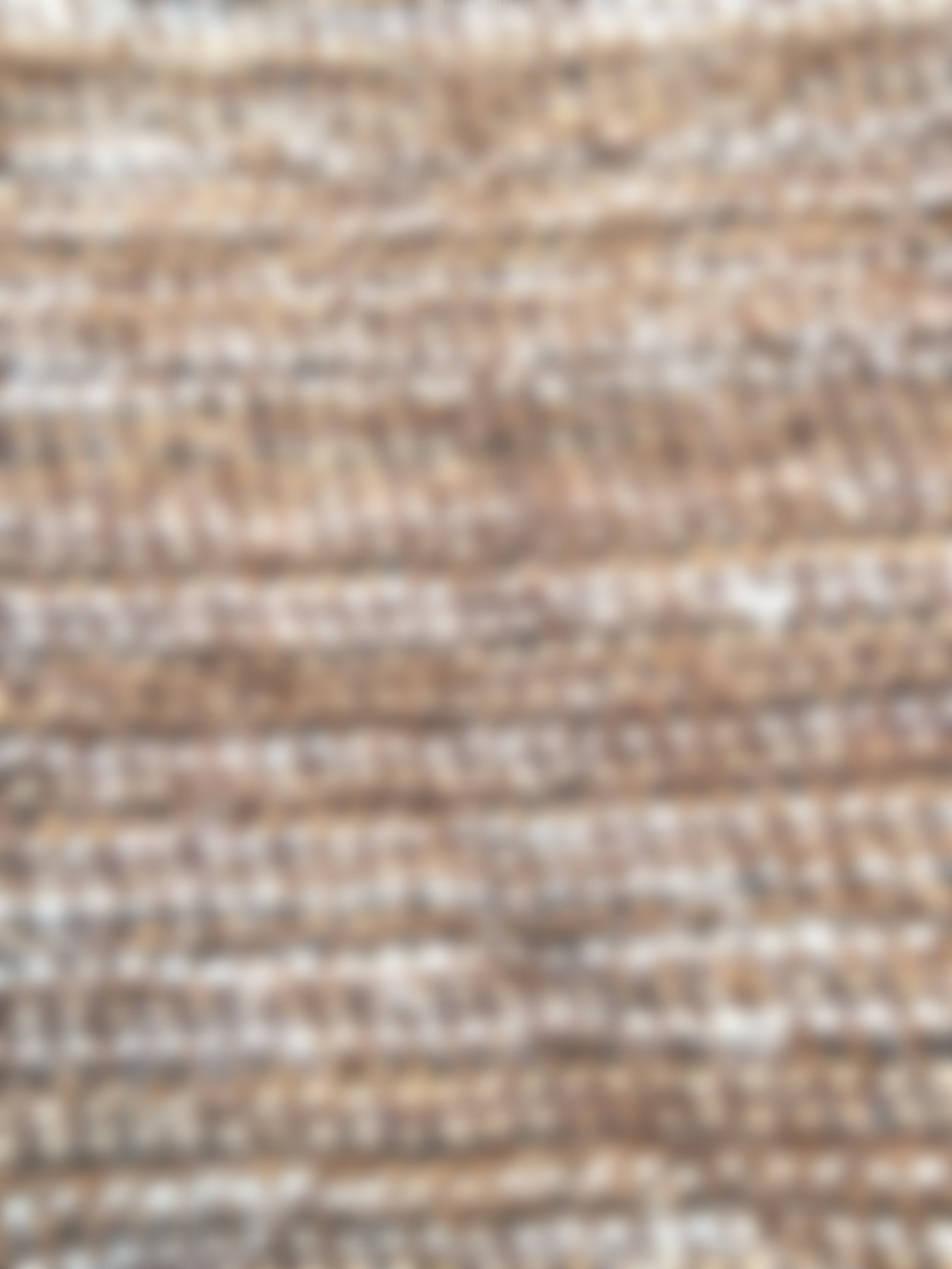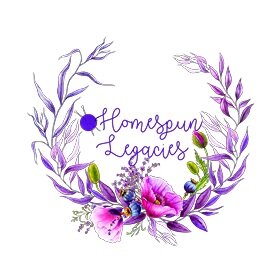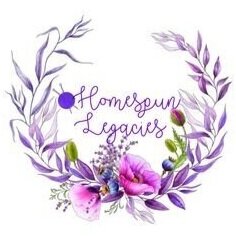“HOW IT’S DONE”
Have you ever wondered about the process of how handmade items in textile arts are created? Plant or animal fibers have been used to construct functional or decorative objects since the beginning of civilization. Over the course of history, the methods and materials employed have changed greatly but the overall function of textiles remained mostly constant. This blog series will include a bit of history, a few essays, and free video lessons on How It’s Done.
Shearing an Alpaca
How shearing an alpaca is done.
Alpacas need to be sheared every year. It is not a painful process. It is an alpaca haircut and it relieves the alpaca from the hot heavy fiber. However, like humans, some alpacas have irrational fears. For instance, the sound of a dentist’s drill can set my heart to palpating! Well, in this video you will see Leo get sheared. He is afraid of the sound of the clippers. In the background you will hear some screaming and you will see a sock over his mouth. The sock catches the nasty smelling spit that alpacas can do when they are afraid or mad. No harm comes to the animal in the process of this video.
Notice where the shearer begins? He starts at the side of the animal’s stomach and shears with one neat pass from top to bottom. The continuous path prevents second cuts - when the blade is lifted and placed down again , then re-cutting an area already done which leaves very short lengths that forms little pills when felted or carded for yarn. The shearer progresses across the top of the back to the other side. The fiber is dropped onto a clean bed sheet. This portion of fiber is what is referred to as the “barrel.” It is the best cut of fiber from each animal.
Fiber has a grading system from prime (the barrel section), seconds and thirds. Prime fiber is valued higher for the softness and staple length. It is the part that is soft enough to comfortably lay against a person’s skin when in a textile form. In young animals, the neck fiber can be as good as the barrel, but it needs to be checked. This is the reason that it is collected separate.

Some of the public demonstrations (see gallery for pictures) were funded by a state arts grant. I appreciate the help in bringing more fiber arts to my community!
Aliza Novacek-Olson is a fiscal year 2023 recipient of a Creative Support for Individuals grant from the Minnesota State Arts Board. This activity is made possible by the voters of Minnesota through a grant from the Minnesota State Arts Board, thanks to a legislative appropriation from the arts and cultural heritage fund.






